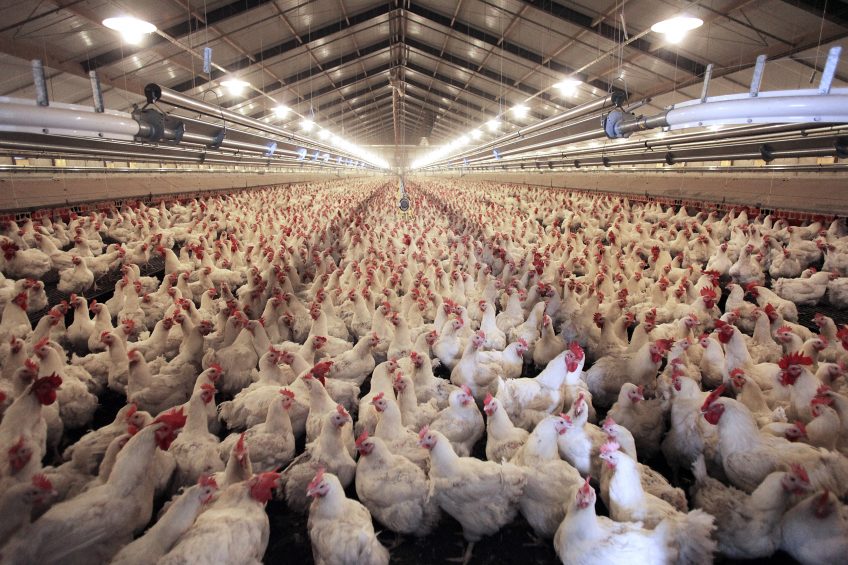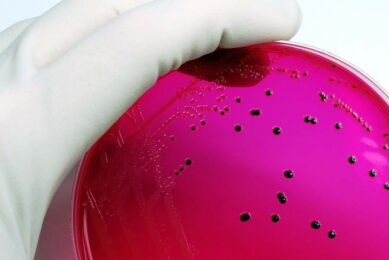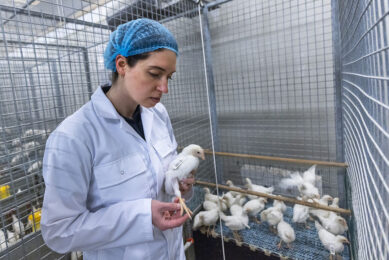Evaluation of encapsulated sodium butyrate

Previous research has shown the positive effect of adding butyric acid on both body weight gain and feed convention ratio in broilers.
Butyrate also may serve as an energy source for enterocytes, which increase villus growth and overall absorptive surface area in the intestine. In addition, butyric acid also inhibits Salmonella colonisation in the caeca and downregulates the gene expression and invasion of Salmonella.
Butyric acid products are used as a sodium or calcium salt because of the volatile and pungent nature of butyric acid. Butyrate is easily absorbed in the upper gastrointestinal tract when fed in the free salt form. To exert its antimicrobial effect butyric acid salt needs to be in an undissociated state before reaching the hindgut, therefore the butyrate salt is encapsulated in palm stearin or another vegetable fat for protection.
Two experiments were conducted to determine the effect of adding encapsulated sodium butyrate products on broiler performance, energy digestibility, intestinal morphology and Salmonella colonisation in the caeca was studied. Three different butyrate products were tested, birds were orally infected with a nalidixic acid resistant strain of Salmonella typhimurium; products dosage levels were 500 and 1000 ppm.
In experiment 1, birds were slaughtered after 11 days, in experiment 2 birds were slaughtered after 42 days of treatment. Sodium butyrate products showed potential to improve growth in broilers at an early age. The beneficial effects on body weight, body weight gain and intestinal morphology are affected by dosage level and the duration of the experiments. The Salmonella recovery data indicated that the challenge had no effect on performance variables but resulted in a significant increase in counts in ceacal material between the non-challenged and challenged control.












